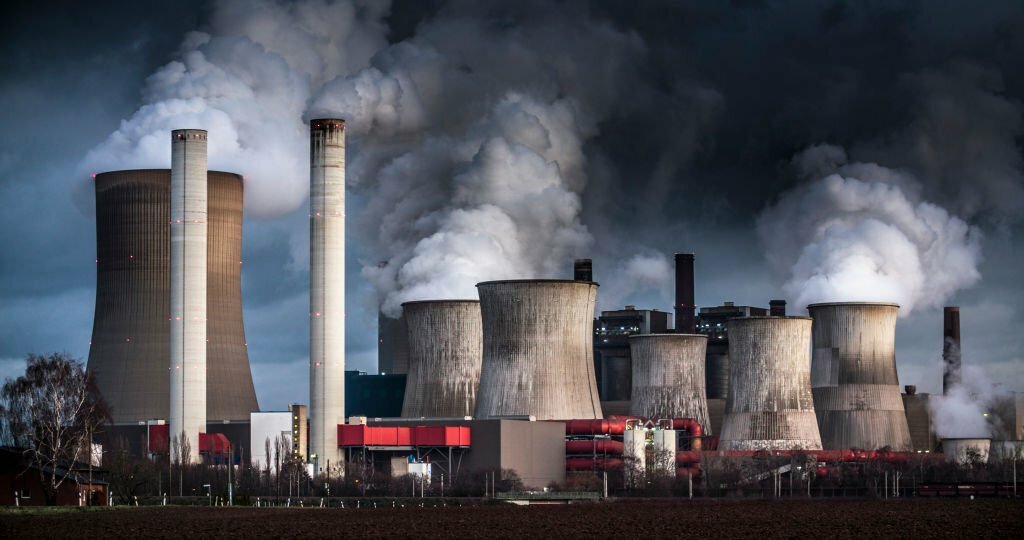In the realm of educated professionals, the term “cảbon” may have sparked curiosity. This clearly happening detail, which includes carbon, hydrogen, and oxygen, stands as a fundamental building block for existence’s critical components along with amino acids, proteins, and DNA. Delving into the intricacies of cảbon no longer handiest unveils its significance however additionally sheds mild on its packages across diverse domains.
Understanding Cảbon: Definition and Significance
Cảbon Capture and Storage (CCS): A Climate Change Solution
In the quest for sustainability, cảbon capture and storage emerge as a crucial method. By capturing and storing carbon dioxide (CO2) from industrial emissions in geological formations, CCS mitigates greenhouse gas effects. The process involves capturing CO2 from sources, transporting it, and injecting it into underground formations, potentially reducing CO2 emissions by up to 20% globally by 2050. Read also Käöntöjä.
The Diverse Faces of Cảbon: Diamonds, Graphite, and Beyond
Cảbon manifests in diverse forms, each serving unique purposes. From the hardness of diamonds to the flexibility of graphene, the possibilities are endless.
- Diamond: Renowned for its hardness, diamonds find applications in cutting tools, abrasives, and jewelry.
- Graphite: With a hexagonal lattice structure, graphite’s soft and flaky nature suits applications like pencils, lubricants, and nuclear reactors.
- Graphene: A two-dimensional sheet of carbon atoms, graphene’s flexibility and conductivity open doors for innovations in electronics, displays, solar cells, and transistors.
- Fullerenes and Carbon Nanotubes: These intricate structures, with potential uses in medicine and nanotechnology, showcase cảbon’s versatility.
Decoding Cảbon’s Unique Properties and Atomic Structure
Cảbon’s Molecular Mastery
Cảbon’s distinctive properties arise from its atomic structure. With four valence electrons, cảbon forms stable covalent bonds, enabling the creation of intricate molecules. Its ability to bond with various elements results in diverse organic compounds, playing a pivotal role in biochemical processes.
Cảbon in Organic Chemistry and Biochemistry
In the realm of organic chemistry and biochemistry, cảbon’s role is unparalleled. Acting as the foundation for organic matter, it forms carbohydrates, lipids, proteins, and nucleic acids—essential components for life. The diverse bonds it can create contribute to the vast array of compounds crucial for biological processes.

Cảbon’s Origins and Synthesis
Cảbon, in the form of activated carbon, is derived from sources rich in carbon, such as coal, wood, and coconut shells. The pyrolysis process converts these materials into activated carbon with high surface area, suitable for applications like water purification.
Cảbon in Materials Science and Nanotechnology
Versatility Unleashed
Carbon’s versatility extends to materials science and nanotechnology, playing a pivotal role in various applications:
- Reinforcement: Carbon fibers and nanotubes reinforce materials, reducing weight while enhancing strength in composites used in aerospace, automotive, and infrastructure.
- Conductivity: Graphite and nanotubes, highly conductive, find applications in electronics, sensors, and electrodes for energy storage.
- Adsorption: Activated carbon’s high surface area allows for efficient adsorption, making it valuable in filtration systems for water and air purification.
- Catalysis: Carbon materials serve as platforms for catalytic nanoparticles, contributing to applications like catalytic converters in vehicles and renewable energy technologies.
Cảbon Emissions, Climate Change, and Mitigation
Urgency for Action
Carbon emissions contribute to climate change, leading to severe consequences. Rising sea levels, extreme weather events, threats to food security, and loss of biodiversity are among the challenges. Urgent measures, including transitioning to renewable energy, are imperative to mitigate these impacts.
Cảbon Capture and Sequestration: A Climate Solution
Mitigating Climate Change with CCS
Carbon capture and sequestration methods, such as geological sequestration and bioenergy with carbon capture and storage (BECCS), offer potential solutions. These methods aim to capture CO2 emissions at their source and prevent their release into the atmosphere, contributing to the goal of achieving net-zero emissions.
People Also ask
What is Cảbon?
How is Cảbon Made?
What are the Applications of Cảbon?
Final Words
The intricate world of cảbon unveils a myriad of possibilities, from its diverse forms and applications to its role in combating climate change. As we delve deeper into the nuances of this element, responsible development, and ethical considerations become paramount. Navigating the cảbon landscape requires thoughtful choices and intentional actions, ensuring that this revolutionary discovery enhances life responsibly. The future, shaped by our decisions, holds the potential for positive transformations with cảbon at the forefront of innovation.

